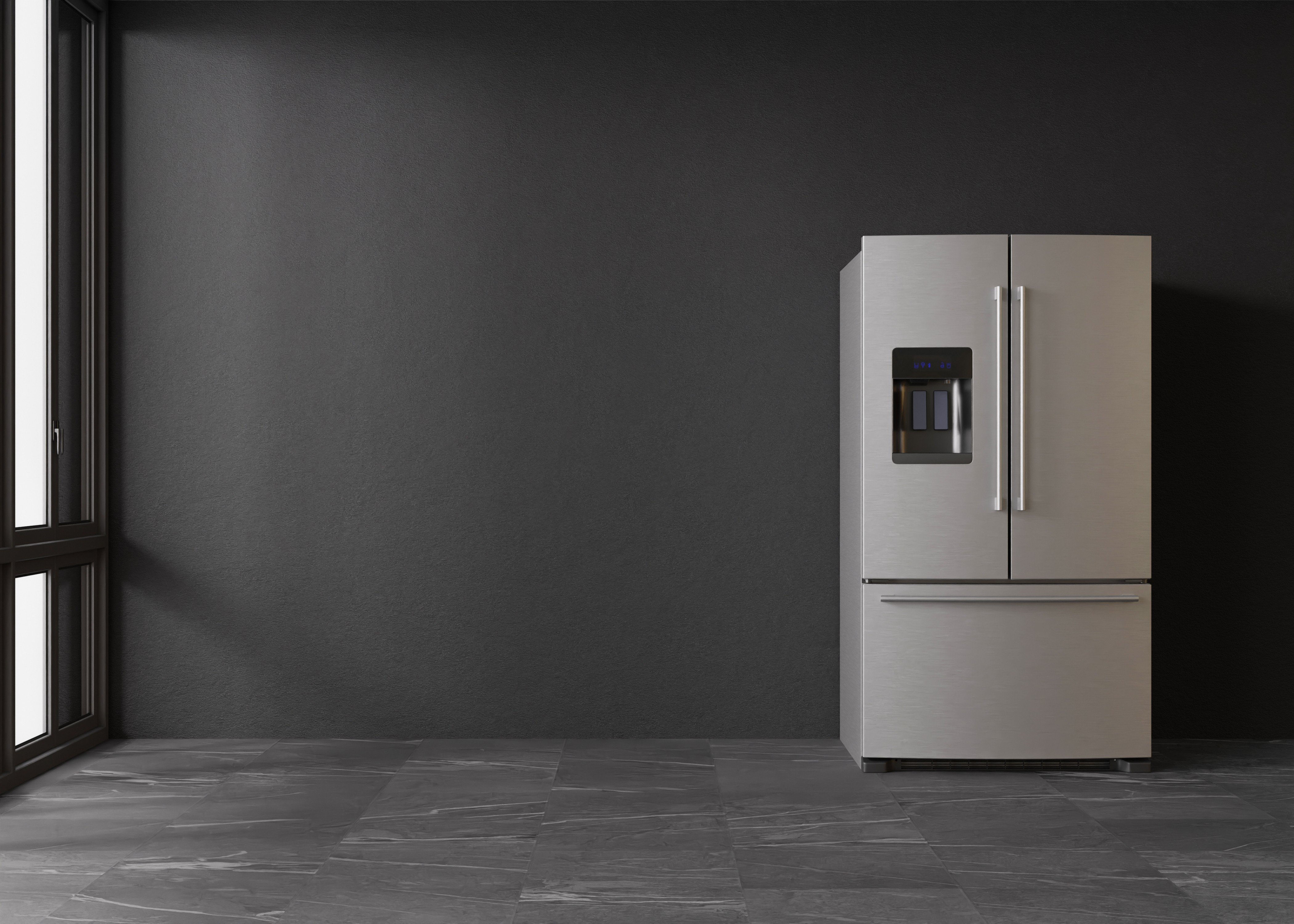Fridges Tools To Facilitate Your Everyday Life
The Comprehensive Guide to Refrigerators: Types, Features, and Maintenance
Refrigerators, frequently described as fridges, play a pivotal role in modern homes by preserving food, decreasing waste, and maintaining a comfortable living environment. These important kitchen area appliances have progressed considerably throughout the years in regards to technology, performance, and style. This post aims to provide a thorough overview of the different types of fridges, their features, and pointers for maintenance, making it an important resource for house owners.
Kinds of Refrigerators
Fridges come in different styles and setups, each accommodating various needs and preferences. Below is an overview of the most typical kinds of refrigerators readily available on the marketplace today.
Kind of Refrigerator
Description
Top-Freezer
This is the timeless fridge design where the freezer compartment is located on top. It is normally the most affordable alternative, making it popular for budget-conscious customers.
Bottom-Freezer
In this design, the freezer is located at the bottom, enabling easy access to fresh products at eye level. This type frequently includes pull-out drawers for much easier company.
Side-by-Side
This design has the freezer and refrigerator compartments organized vertically next to each other. It offers simple access to both areas and often features water and ice dispensers.
French Door
Integrating the advantages of a bottom-freezer design with wide doors on the refrigerator area, French door fridges offer ample area and versatility, making them ideal for large families.
Compact
Also understood as mini-fridges, these smaller units are ideal for dorm spaces, offices, or as secondary fridges in homes. They have limited storage but are energy-efficient.
Smart Refrigerators
Equipped with wise innovation, these fridges offer functions such as touch screens, web connectivity, and app controls. They can offer alerts for expired food and other clever functionalities.
Key Features to Consider
When choosing a refrigerator, it is necessary to think about numerous features that can boost usability and efficiency. Here are some crucial functions to search for:
Energy Efficiency
- Try to find designs with an Energy Star ranking to guarantee energy performance and lowered energy bills.
Storage Options
- Adjustable shelves, door bins, and particular compartments for vegetables and fruits improve the versatility of storage.
Water and Ice Dispensers
- Lots of side-by-side and French door designs include built-in water and ice dispensers, supplying convenience and motivating hydration.
Temperature level Control
- Accurate temperature level control enables homeowners to set optimum conditions for different food products.
Smart Features
- Functions like touchscreen interfaces, Wi-Fi connectivity, and integrated video cameras to help manage grocery stocks make smart fridges appealing.
Sound Levels
- Consider designs with low functional noise, specifically if the kitchen area is open to the living location.
Upkeep Tips for Refrigerators
Proper maintenance can prolong the life of a refrigerator and make sure optimal efficiency. Here are some useful maintenance suggestions:
Regular Cleaning:
- Clean the interior and exterior surfaces of the fridge with moderate soap and water a minimum of when a month.
- Eliminate spills immediately to avoid odors and bacteria growth.
Temperature level Settings:
- Maintain your refrigerator at a temperature between 35 ° F to 38 ° F and the freezer at 0 ° F for optimal food preservation.
Check Door Seals:
- Inspect the door seals periodically for fractures or tears. A faulty seal can result in energy loss and increased electrical energy costs.
Defrost Regularly:
- For manual defrost designs, thaw the freezer when ice develops to minimize the device's workload.
Condenser Coils:
- Clean the condenser coils at the back or underneath the refrigerator every 6 months to enhance performance.
Keep it Level:
- Ensure the refrigerator is level for appropriate door positioning and to prevent vibrations.
Often Asked Questions (FAQs)
1. How long should click the next post ?Normally, a refrigerator can last anywhere from 10 to 20 years, depending on the brand and maintenance practices.
2. How can I improve the energy performance of my refrigerator?To enhance energy performance, keep the fridge's temperature settings optimum, regularly tidy the condenser coils, and avoid placing hot food inside.
3. What type of refrigerator is best for small kitchen areas?Compact or counter-depth models are ideal for little cooking areas as they provide adequate storage without inhabiting too much area.
4. Are smart fridges worth the investment?Smart refrigerators can be worth the financial investment if you value convenience and technology. They offer functionalities like inventory management and remote gain access to, which deal with tech-savvy users.
5. How can I fix a refrigerator that is not cooling correctly?Start by examining the temperature level settings, guaranteeing the condenser coils are clean, and validating that the door seals are undamaged. If these do not solve the issue, consider calling an expert specialist.
In conclusion, fridges are indispensable appliances that play an important function in maintaining food and maintaining a healthy lifestyle. With a variety of types and features readily available, it is essential for consumers to select a model that aligns with their particular needs. By understanding the alternatives and sticking to maintenance best practices, property owners can delight in the advantages of their fridges for several years to come.
